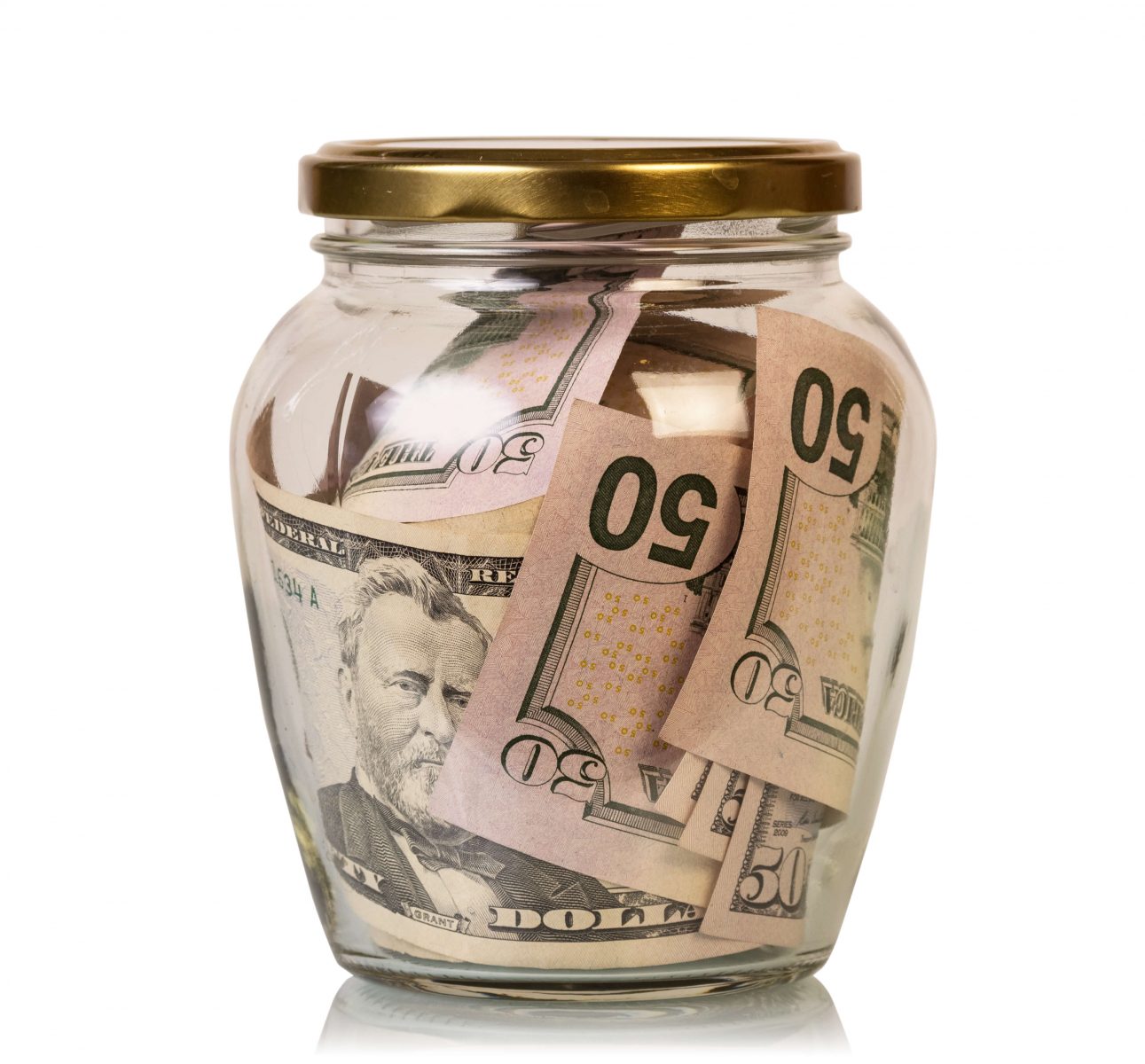Review: Capital One Quicksilver and Capital One QuicksilverOne
Signing up for credit cards through partner links earns us a commission. Terms apply to the offers listed on this page. Here’s our full advertising policy: How we make money.
Update: One or more card offers in this post are no longer available. Check our Hot Deals for the latest offers.
If you’re looking for a card with a straightforward cash back structure, super low (or no) annual fees and no foreign transaction fees, the Capital One Quicksilver cards could be worth considering.
Both the Capital One Quicksilver Cash Rewards Credit Card and Capital One QuicksilverOne Cash Rewards Credit Card earn 1.5% cash back on every purchase. Although it seems peculiar, the no-annual-fee Quicksilver card comes with a sign-up bonus, and the QuicksilverOne card with a $39 annual fee doesn’t offer a bonus. I’ll explain why — and help you decide whether applying makes sense for you.
Be sure to also check out our master list of the best cashback credit cards of 2020.

Review of the Capital One Quicksilver cards
Current bonus
The Capital One Quicksilver Card comes with a one-time $200 cash bonus after spending $500 on purchases within the first three months of account opening.
The Capital One QuicksilverOne Card unfortunately does not come with a welcome bonus at this time.
Benefits and perks
The Capital One Quicksilver comes with perks like:
- 1.5% cash back on all purchases
- Travel accident insurance – Insurance for death or dismemberment at no extra charge when you purchase airfare using your card
- Extended warranty – Additional warranty protection when you purchase items with your card
- No annual fee
- No foreign transaction fees
Similarly, the Capital One QuicksilverOne comes with:
- 1.5% cash back on all purchases
- Travel accident insurance – Insurance for death or dismemberment at no extra charge when you purchase airfare using your card
- Auto rental insurance – Secondary collision and theft insurance for you and all additional drivers on your agreement
- Extended warranty – Additional warranty protection when you purchase items your card
- No foreign transaction fees
How to redeem rewards
Like most cards from Capital One, redeeming the cash back you earn with either of these cards is easy. You can request a check or statement credit, any time, with no minimum redemption amount. Some other cash back cards by other banks won’t give you your money until it reaches a $25 or even $50 threshold. In this way, the Capital One Quicksilver is great.
You can choose to set-up an automatic redemption, for example, $25 per month — whatever makes sense for you. Read our post on common mistakes people make with cash back credit cards.
Is the annual fee worth it?
The Capital One Quicksilver has no annual fee, so it’s free to keep forever.
The Capital One QuicksilverOne has a $39 annual fee. This card is in no way better than the regular Quicksilver. You’re essentially paying an annual fee in exchange for a more likely approval. If you’ve got good credit, the QuicksilverOne annual fee is not worth it. I’ll explain below.
Who are the Capital One Quicksilver cards for?
The right card for you depends on whether you’re trying to build or improve your credit, or if you already have a good score and an established credit history.
According to Capital One, their Quicksilver Card is good for folks with excellent credit. Excellent credit, as defined by Capital One, means you haven’t been late on any bills, you’ve never declared bankruptcy, and you have an established credit history. If you’re looking for a no-annual-fee card with a simple cash-back structure and no foreign transaction fees, this card could be worth considering.
The Capital One QuicksilverOne Cash card is for folks with average credit. There’s no sign-up bonus, and the $39 annual fee is not waived the first year. According to Capital One, average credit means folks who have either defaulted on a loan in the past five years or have limited credit history (meaning you’ve had your own credit card or have been an authorized user on another card for less than three years.) This card is a good option for those that might have blemishes on their credit report or little credit history, like students, new graduates, and new U.S. residents.
Insider tip when applying for the Capital One Quicksilver
It’s important to remember that Capital One pulls from all three main credit bureaus when they process your application. Most banks, like Chase and American Express, only pull from one.
Applying for a card from Capital One has a bigger effect on your credit score, though it’s still nominal. Even though the effect is temporary (if you pay your bills on time), some avoid Capital One cards for this reason.
Cards similar to the Capital One Quicksilver
Just don’t forget about other cards that earn a similar (or better!) cash back rate. For example, the Citi® Double Cash Card earns 2% cash back (1% when you make a purchase and another 1% when you pay it off!) The information for the Citi Double Cash Card has been collected independently by Million Mile Secrets. The card details on this page have not been reviewed or provided by the card issuer.
Or you could consider cards like the Chase Freedom Flex or Chase Freedom Unlimited®.
Similar to the Capital One Quicksilver cards, the Chase Freedom Unlimited comes with 1.5% cash back on purchases.
With the Chase Freedom, you can earn 5% back on rotating categories every quarter you activate on up to $1,500 in combined spending, and 1% back on all other purchases. Plus a $150 (15,000 Chase Ultimate Rewards points) sign-up bonus after you spend $500 on purchases in your first 3 months of opening your account.
Both the Freedom and Freedom Unlimited cards charge foreign transaction fees.
But an additional benefit of the Freedom and Freedom Unlimited cards from Chase is that if you have other cards like the Chase Sapphire Preferred Card, Chase Sapphire Reserve, or Ink Business Preferred® Credit Card, you can combine the points you earn from either of these cards and get more from your points by transferring them to Chase transfer partners.
Plus, applying for these cards won’t have as big an impact on your credit score, because these issuers only pull from one credit bureau.
Bottom line
Even though you’ll earn 1.5% cash back on every purchase, the Capital One QuicksilverOne cash card doesn’t come with a sign-up bonus and charges an annual fee. Unless you have a limited credit history or are trying to improve your score, it isn’t worth considering. There are other cash back cards with no annual fee and similar (or better!) cash-back rates.
If you have all the Chase cards you want, and are looking for a no-annual-fee cash back card with no foreign transaction fees, you could consider the Capital One Quicksilver Card. It comes with a $200 sign-up bonus after meeting minimum spending requirements.
Subscribe to our newsletter for more credit card reviews and comparisons delivered to your inbox once per day!
Editorial Note: We're the Million Mile Secrets team. And we're proud of our content, opinions and analysis, and of our reader's comments. These haven’t been reviewed, approved or endorsed by any of the airlines, hotels, or credit card issuers which we often write about. And that’s just how we like it! :)






Join the Discussion!